InhaledFreq
New Member
I have been looking all over the forums for the answer to this but have not been able to find any info.
Experts, please help!
I had two plants, now I have one because I killed the male.
Both plants had stems burst open and a whole branch died.
It has also happened on the main stem as well as on other a few other stems.
This is bagseed, a strain known as Popcorn. Plants are about 3 months old.
More info about this grow here.
Here are the pics of the male's stem. The female has the same issue, but not as bad.
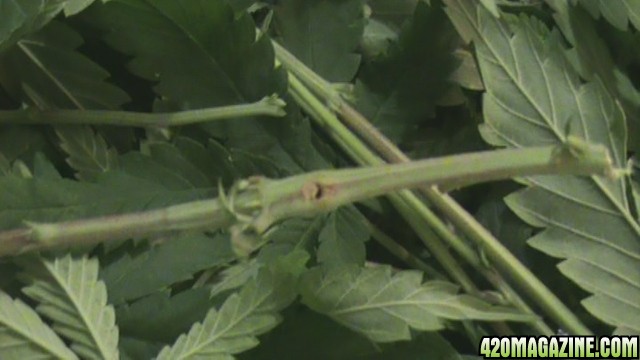
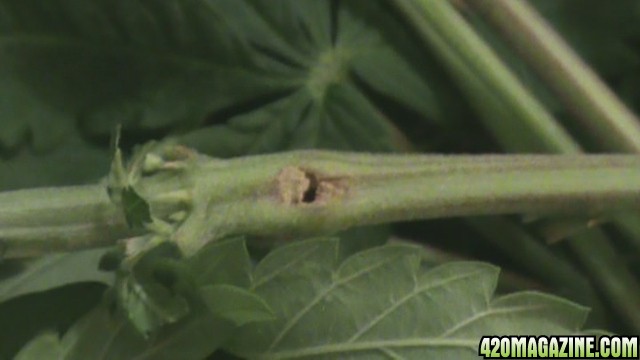
The part of the stem curving to the right was the main growth tip, right below that, where the stem changes from solid green to stripes is where the string was looped around the stem.
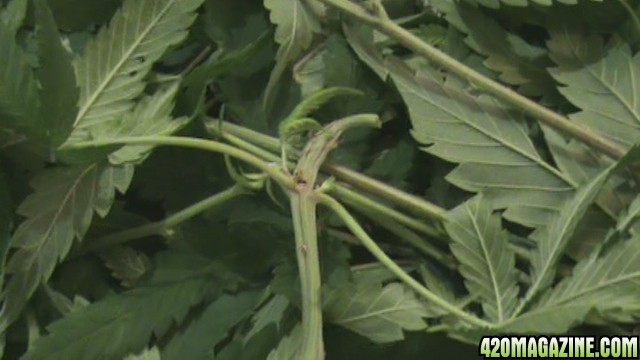
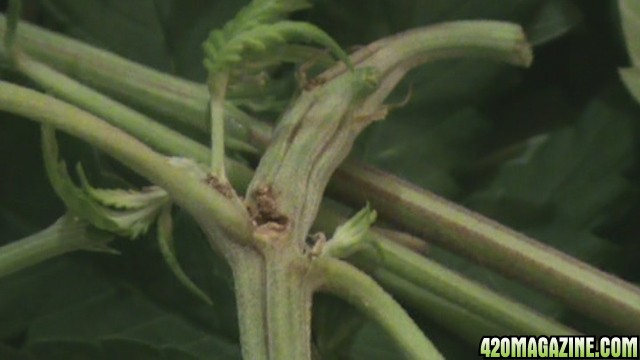
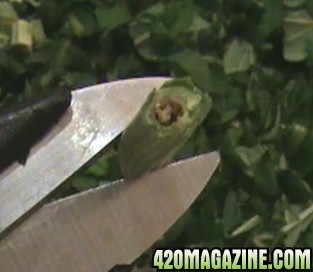
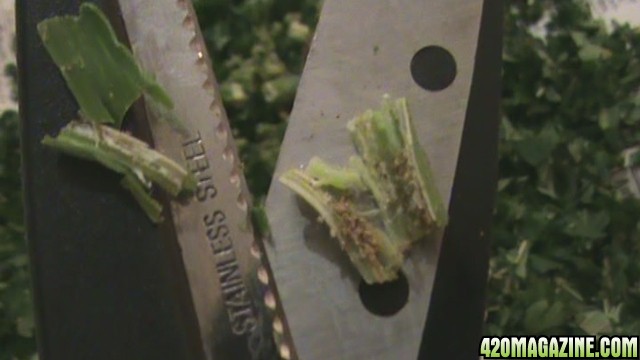
This is a shot of the male plant a few days ago when it was still alive, it's the plant on the right.

Does anyone know what this is, and what causes it?
Thanks you!

Experts, please help!
I had two plants, now I have one because I killed the male.
Both plants had stems burst open and a whole branch died.
It has also happened on the main stem as well as on other a few other stems.
This is bagseed, a strain known as Popcorn. Plants are about 3 months old.
More info about this grow here.
Here are the pics of the male's stem. The female has the same issue, but not as bad.
The part of the stem curving to the right was the main growth tip, right below that, where the stem changes from solid green to stripes is where the string was looped around the stem.
This is a shot of the male plant a few days ago when it was still alive, it's the plant on the right.
Does anyone know what this is, and what causes it?
Thanks you!





 )
) 